Thermal springs have drawn humans seeking healing and relaxation for thousands of years, with cultures worldwide recognizing the therapeutic benefits of mineral-rich waters heated deep within the Earth. These natural phenomena occur when underground water is heated by geothermal activity, absorbing minerals from surrounding rock formations that create unique healing properties for different ailments and conditions.
Modern research continues validating what ancient civilizations knew instinctively—that certain mineral combinations in thermal waters can improve circulation, reduce inflammation, and promote overall wellness. Here is a list of the 20 best thermal springs that combine proven healing properties with spectacular natural settings, offering authentic wellness experiences that have attracted visitors for centuries.
Blue Lagoon, Iceland
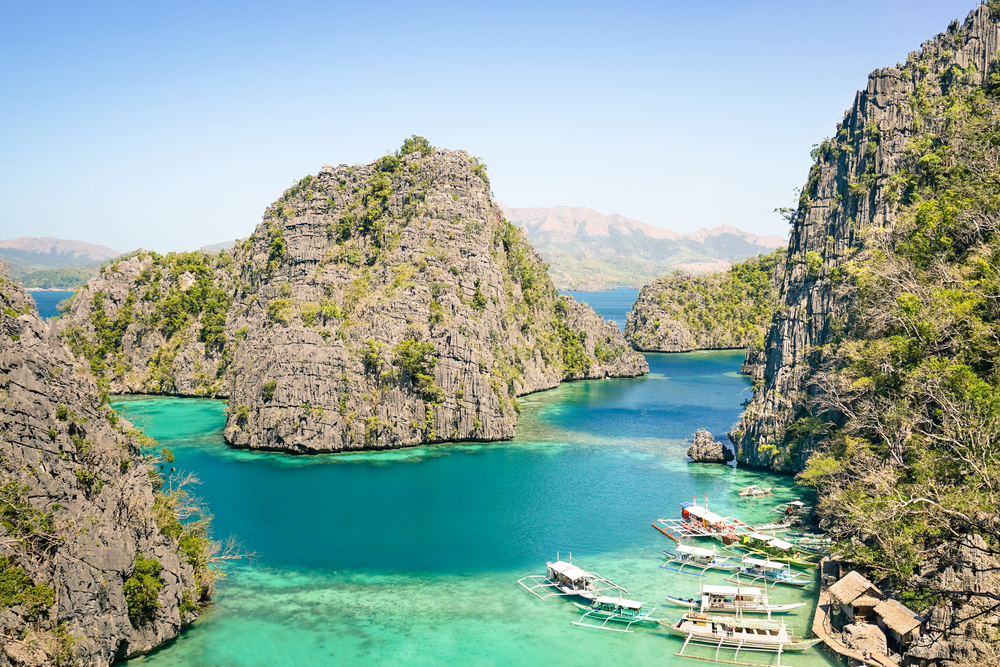
This geothermal spa sits within a lava field near Reykjavik, where superheated seawater creates milky blue pools rich in silica, algae, and minerals that promote skin health. The water temperature remains consistently at 98–102°F year-round, while the high silica content helps alleviate conditions such as psoriasis and eczema.
The lagoon’s otherworldly setting, nestled among black volcanic rock, creates a unique atmosphere where visitors can enjoy outdoor soaking even during winter, when the Northern Lights occasionally appear overhead.
Pamukkale, Turkey
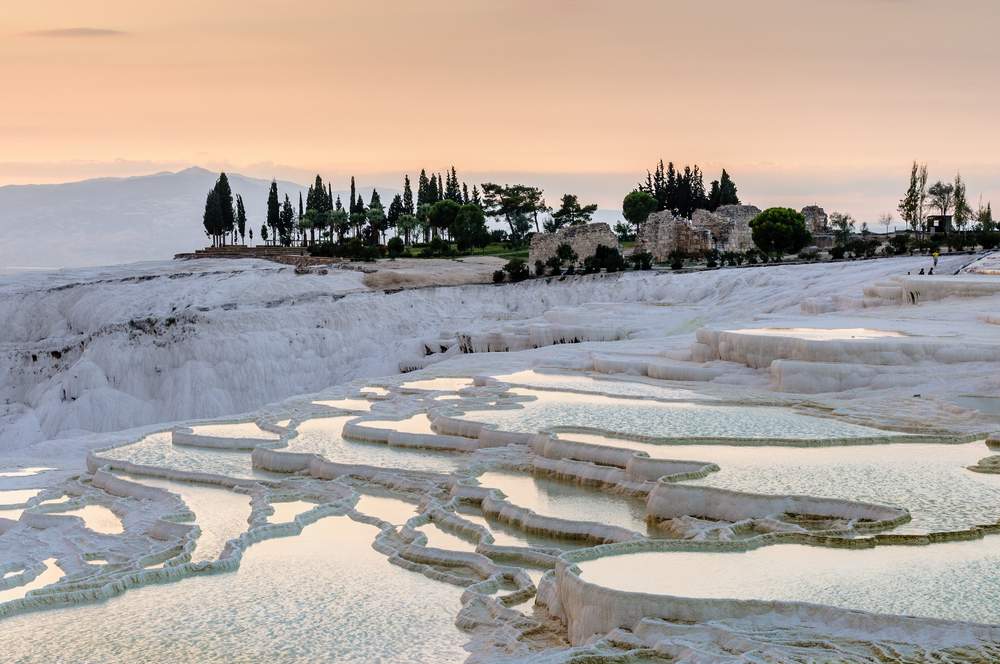
These terraced limestone pools cascade down a mountainside like frozen waterfalls, created over millennia by calcium-rich thermal waters that deposit white mineral formations. The springs maintain temperatures of around 95°F and contain high concentrations of calcium carbonate, which benefits bone health and circulation.
The ancient Romans built the city of Hierapolis around these springs, recognizing their healing properties. Modern visitors can walk barefoot on the travertine terraces and soak in pools that have remained unchanged for thousands of years.
Like Travel Pug’s content? Follow us on MSN.
Banff Upper Hot Springs, Canada

Nestled in the Canadian Rockies at 5,200 feet elevation, these springs offer mountain views while providing waters rich in sulfate, calcium, and magnesium, which are known to help relieve muscle tension and joint pain. The outdoor pool maintains temperatures around 104°F, allowing year-round enjoyment even when surrounded by snow-covered peaks.
The discovery of the springs led to the establishment of Banff National Park, making them both historically significant and therapeutically valuable.
Rotorua, New Zealand

This geothermal wonderland features dozens of hot springs within an active volcanic region, where Maori people have used the healing waters for over 700 years. The springs contain sulfur compounds that benefit skin conditions and respiratory problems, while the geothermal activity creates diverse water temperatures and mineral compositions across different locations.
Te Puia and Polynesian Spa offer developed facilities, while natural pools throughout the region provide more rustic experiences.
Baden-Baden, Germany

These Roman-founded springs in the Black Forest have attracted European royalty and celebrities for centuries, offering waters rich in sodium chloride and trace minerals that promote circulation and relaxation. The springs feed elaborate spa facilities where traditional German wellness treatments combine with modern therapies.
Water temperatures range from 98°F to 105°F, while the elegant spa architecture creates luxurious environments that enhance the healing experience.
Like Travel Pug’s content? Follow us on MSN.
Saturnia, Italy
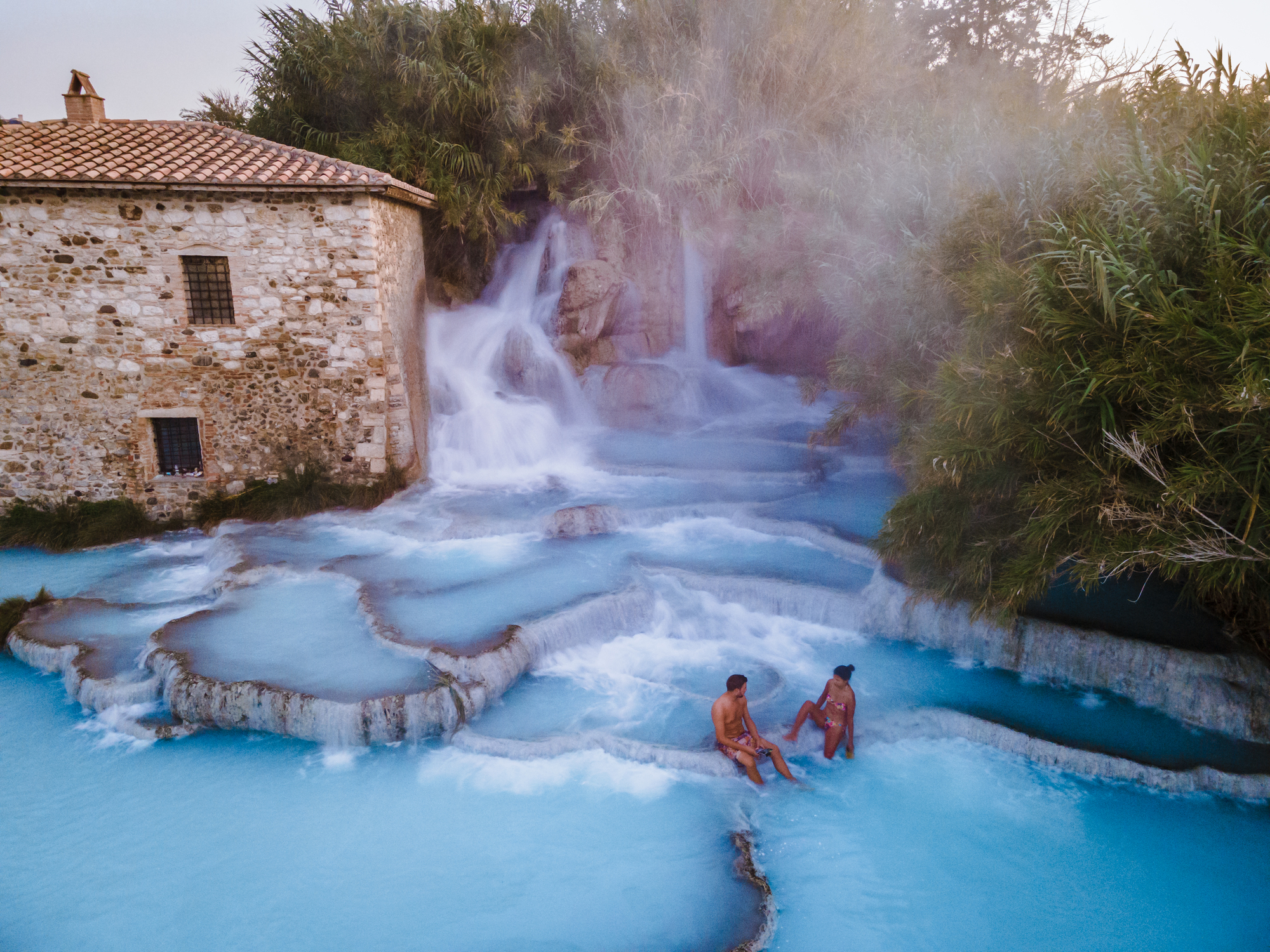
Free natural pools formed by sulfur-rich thermal waters create cascading bathing areas in the Tuscan countryside, where temperatures remain around 99°F year-round. The high sulfur content benefits skin conditions and respiratory ailments, while the picturesque setting, nestled among rolling hills, provides a peaceful atmosphere for extended soaking.
The springs flow continuously, ensuring a constant supply of fresh water, while the limestone formations create natural seats and ledges for comfortable bathing.
Kusatsu Onsen, Japan

Japan’s most famous hot spring resort features extremely hot waters rich in sulfur and acidic minerals that require cooling before bathing, creating unique cultural rituals around temperature regulation. The springs treat various skin conditions and improve circulation, while traditional ryokan inns provide authentic Japanese hospitality and cuisine.
The town’s yumomi (water cooling) demonstrations showcase local techniques for making the naturally scalding waters safe for bathing.
Karlovy Vary, Czech Republic

This elegant spa town features 13 thermal springs with temperatures ranging from 104-162°F, each containing different mineral compositions that target specific health conditions. The springs are particularly rich in sodium, potassium, and carbon dioxide, making them beneficial for digestive disorders and metabolic conditions.
Ornate colonnades protect the springs while allowing visitors to sample different waters, and the town’s Belle Époque architecture creates a sophisticated atmosphere for wellness treatments.
Like Travel Pug’s content? Follow us on MSN.
Chena Hot Springs, Alaska

Located 60 miles northeast of Fairbanks, these springs provide year-round outdoor soaking opportunities where visitors can enjoy 106°F waters while surrounded by subarctic wilderness. The mineral-rich waters help relieve arthritis and muscle pain, while the remote location offers authentic wilderness experiences and excellent Northern Lights viewing during winter months.
The resort utilizes geothermal energy for power and heating, demonstrating its commitment to sustainable tourism practices.
Peninsula Hot Springs, Australia

Australia’s first natural thermal springs resort features over 20 pools with varying temperatures and mineral compositions, fed by underground aquifers that reach depths of 2,000 feet. The waters contain beneficial levels of lithium, boron, and fluoride that promote relaxation and skin health, while the coastal location on the Mornington Peninsula provides ocean views.
The facility combines natural spring bathing with modern spa treatments and wellness programs.
Tabacon Hot Springs, Costa Rica
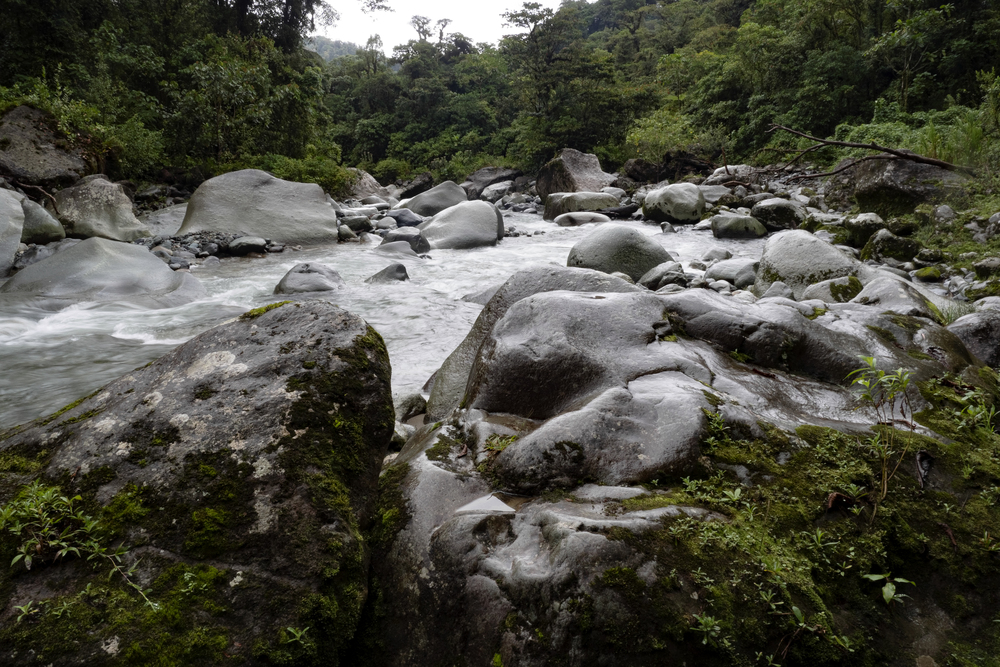
These springs flow through tropical rainforest at the base of Arenal Volcano, creating natural pools and waterfalls heated by volcanic activity to temperatures around 100°F. The mineral-rich waters contain sulfur, magnesium, and calcium that benefit circulation and muscle tension, while the lush setting provides opportunities to spot tropical wildlife during soaking sessions.
The combination of volcanic geology and rainforest ecosystem creates a unique therapeutic environment.
Like Travel Pug’s content? Follow us on MSN.
Glenwood Hot Springs, Colorado

The world’s largest hot springs pool stretches 405 feet long and maintains temperatures around 93°F year-round, fed by underground springs that produce over 3 million gallons daily. The waters contain sulfur, potassium, and sodium that help treat arthritis and stress-related conditions, while the pool’s size accommodates large numbers of visitors comfortably.
The historic resort has hosted presidents and celebrities since the 1880s, creating a rich cultural heritage alongside therapeutic benefits.
Thermes de Cauterets, France
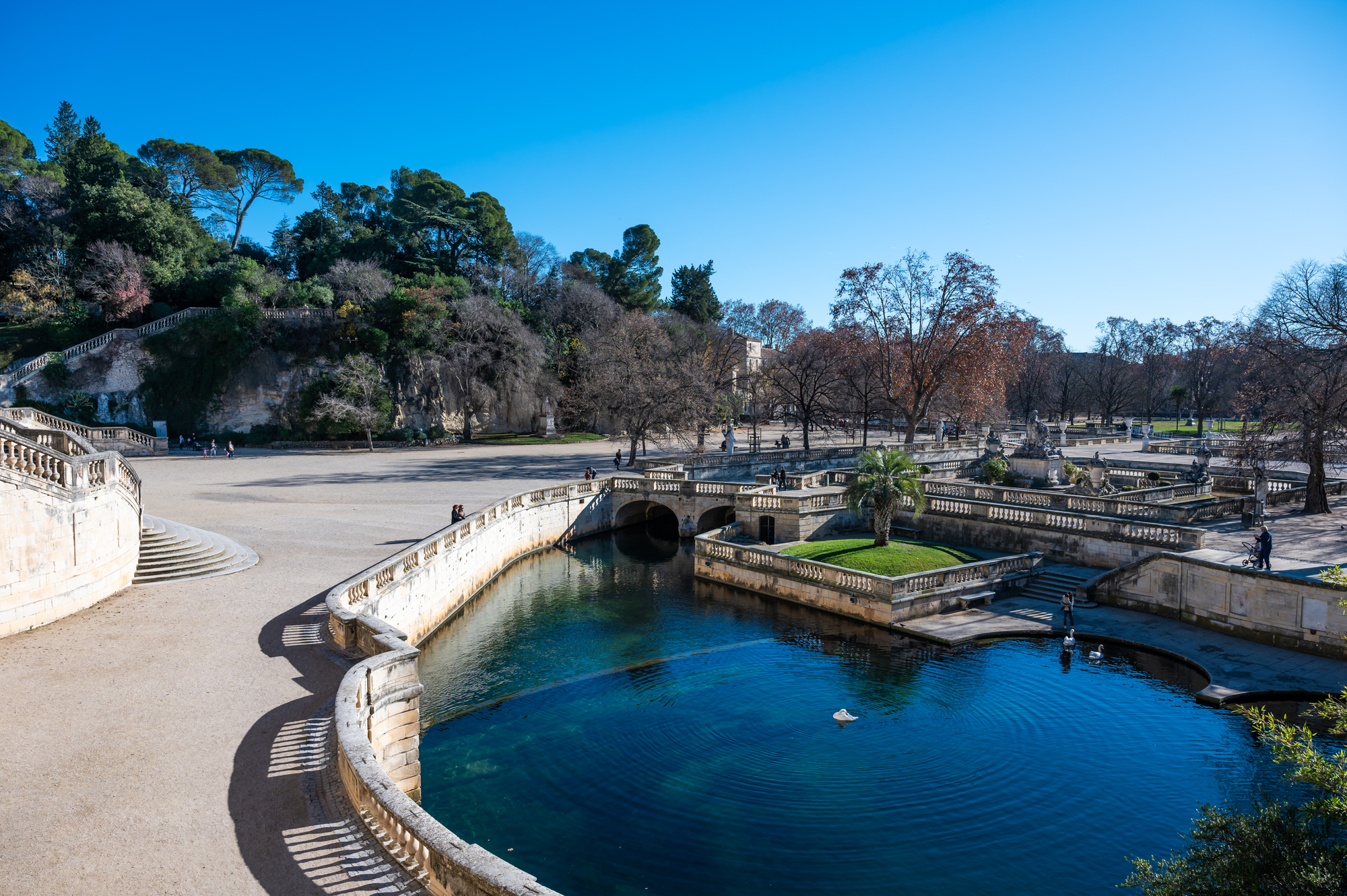
Located in the French Pyrenees, these sulfur-rich springs have been used to treat respiratory and rheumatic conditions since Roman times. They offer water heated to optimal therapeutic temperatures.
The springs contain high concentrations of hydrogen sulfide and trace minerals that benefit skin conditions and circulation, while the mountain setting provides pure air and a peaceful atmosphere. Modern spa facilities combine traditional hydrotherapy with contemporary wellness treatments.
Hot Water Beach, New Zealand
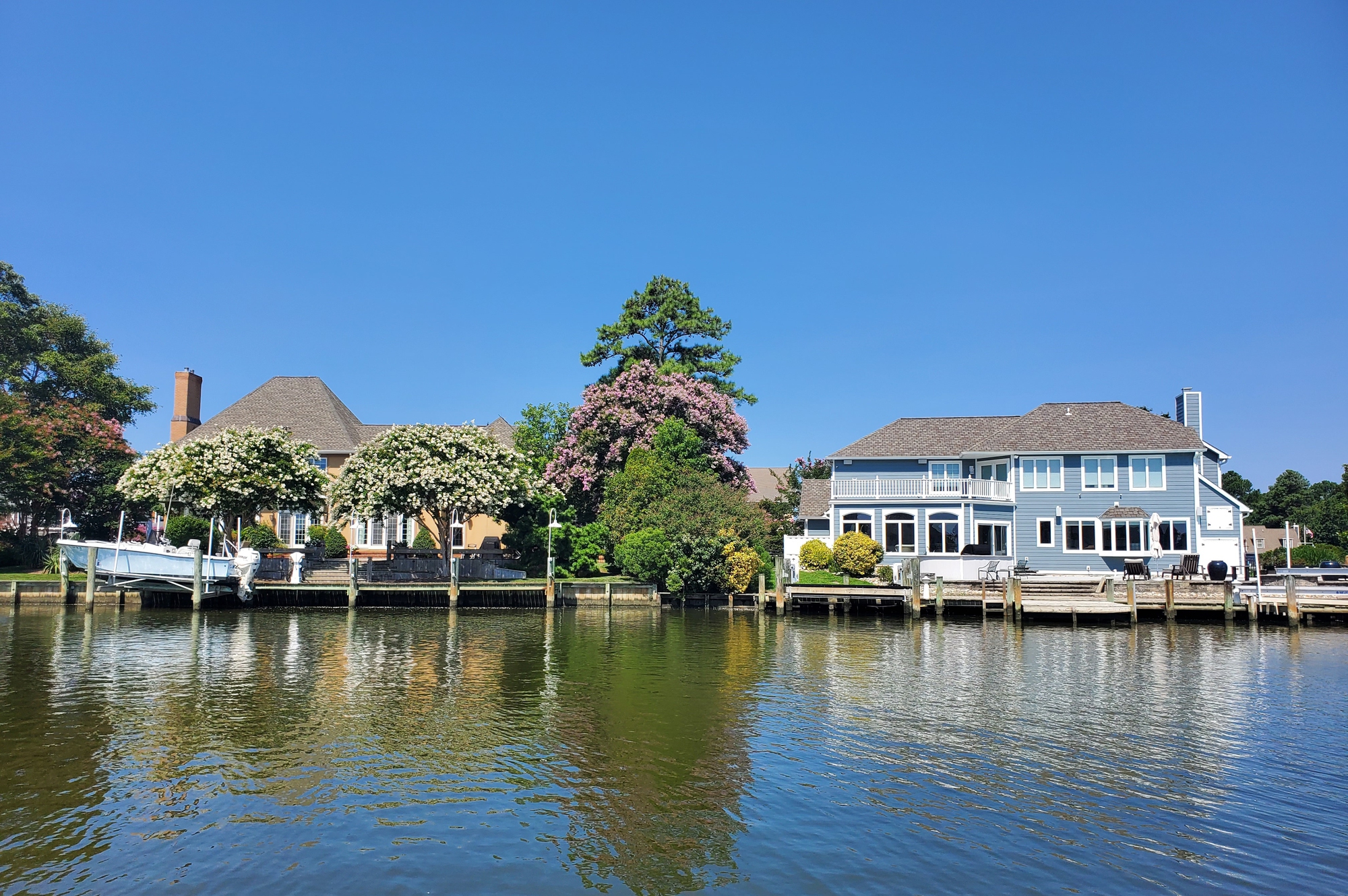
This unique beach on the Coromandel Peninsula allows visitors to dig their hot spring pools in the sand during low tide, where geothermal water seeps through the beach at temperatures up to 147°F. The mineral-rich waters contain sulfur and silica, which benefit skin health, while the beach setting creates an unusual therapeutic experience that combines ocean and geothermal environments.
The experience requires timing visits with tidal schedules and bringing shovels to create bathing pools.
Like Travel Pug’s content? Follow us on MSN.
Széchenyi Thermal Baths, Hungary
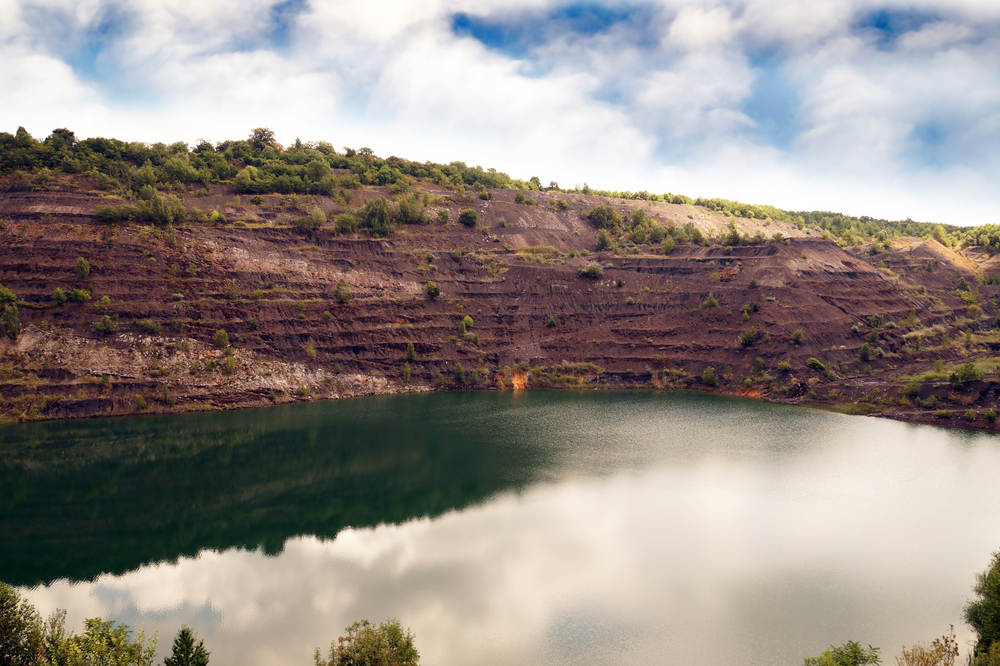
Budapest’s largest thermal bath complex features 15 indoor and three outdoor pools fed by two thermal springs that reach depths of over 3,900 feet underground. The waters contain sulfate, calcium, and magnesium at concentrations proven effective for treating locomotor diseases and circulation problems.
The Neo-Baroque architecture creates a grand atmosphere, while the facility’s medicinal focus combines recreational bathing with serious treatments.
Bagno Vignoni, Italy
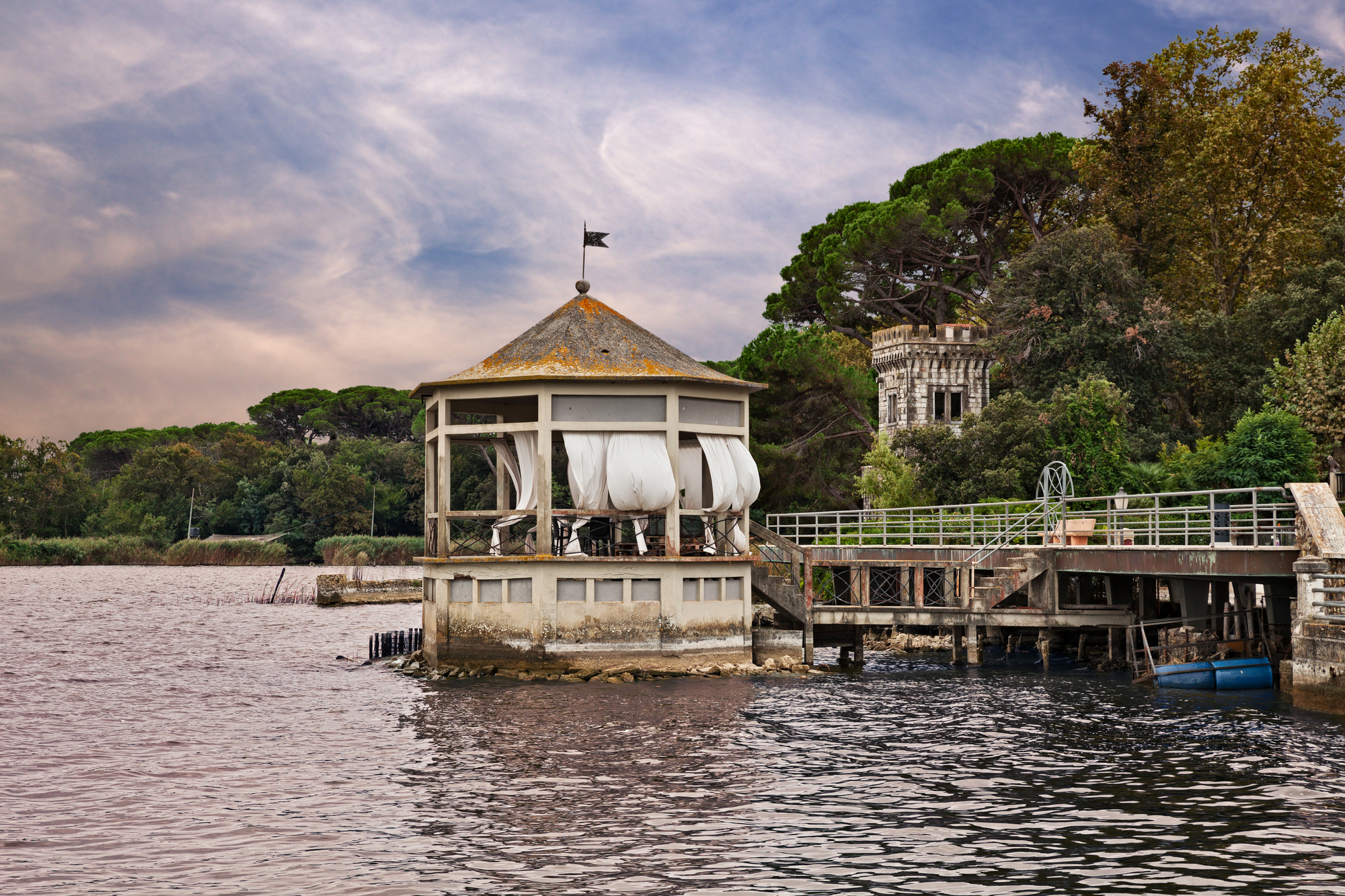
This medieval village in Tuscany centers around a large thermal pool that replaced the traditional town square, creating unique urban planning around natural hot springs. The waters maintain temperatures around 124°F and contain sulfur compounds beneficial for respiratory and skin conditions, while the historic setting provides an authentic Italian atmosphere.
The village’s unchanged appearance since Renaissance times creates time-travel experiences alongside therapeutic benefits.
Mystic Hot Springs, Utah

These springs near Monroe offer rustic soaking experiences in vintage bathtubs and natural pools fed by 168°F source water that gets cooled for comfortable bathing. The mineral-rich waters contain high levels of dissolved solids that benefit circulation and muscle tension, while the desert mountain setting provides star-filled skies and peaceful isolation.
The Bohemian atmosphere attracts visitors seeking authentic, uncommercialized thermal spring experiences.
Like Travel Pug’s content? Follow us on MSN.
Radium Hot Springs, Canada
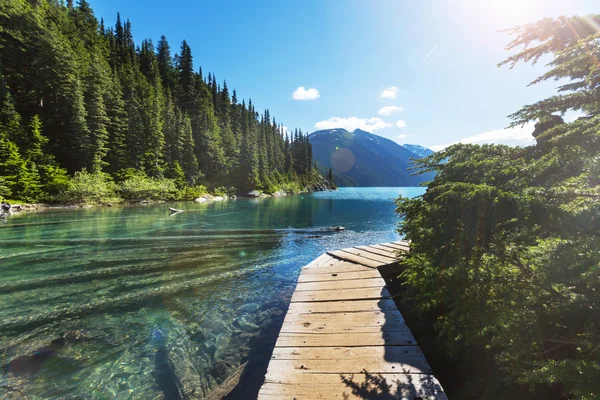
Located in Kootenay National Park, these springs contain naturally occurring radium and other minerals that early 20th-century visitors believed provided healing benefits. Modern analysis reveals that the waters contain beneficial levels of sulfate and calcium, while maintaining comfortable temperatures of around 103°F.
The mountain setting offers spectacular scenery, while the springs’ role in establishing the national park lends historical significance to the therapeutic experiences.
Valley View Hot Springs, Colorado

This clothing-optional resort in the San Luis Valley features natural stone pools at various temperatures, fed by lithium-rich springs that promote relaxation and mental well-being. The springs contain one of the highest natural lithium concentrations in North America, creating unique therapeutic properties for stress and anxiety relief.
The high desert setting at 8,700 feet elevation provides clear skies for stargazing and mountain views during soaking sessions.
Termas de Papallacta, Ecuador
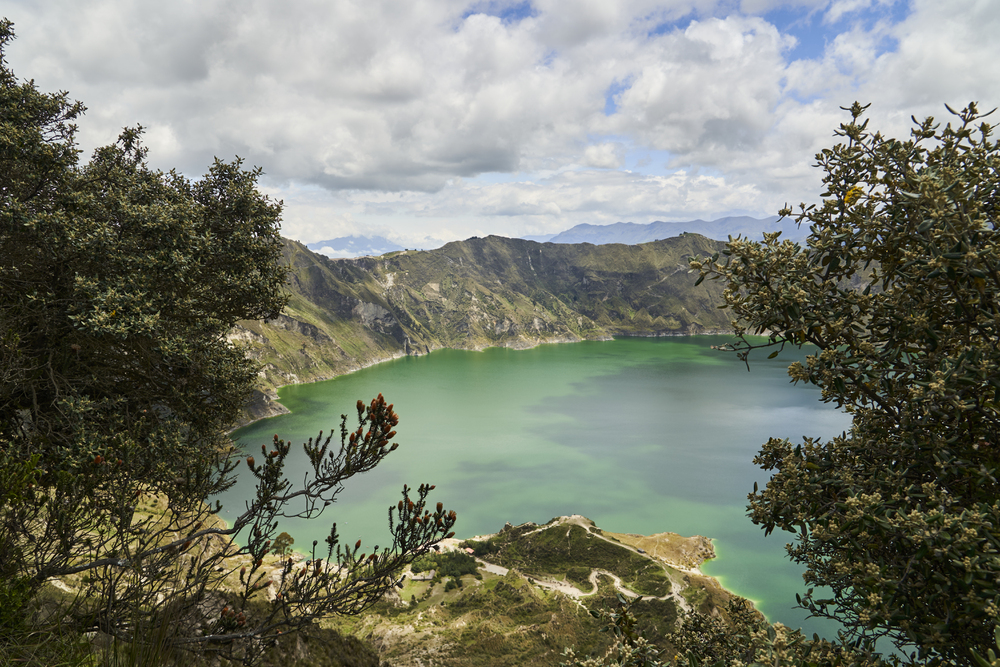
Located at an elevation of 11,000 feet elevation in the Andes, these springs offer high-altitude therapeutic experiences with waters rich in sulfur and iron that benefit circulation and respiratory function. The mountain setting provides cool air that contrasts dramatically with hot spring temperatures around 104°F, while the elevation creates unique physiological effects that enhance relaxation.
The facility combines natural pools with modern spa treatments in a spectacular cloud forest environment.
Like Travel Pug’s content? Follow us on MSN.
Healing Waters for Modern Times
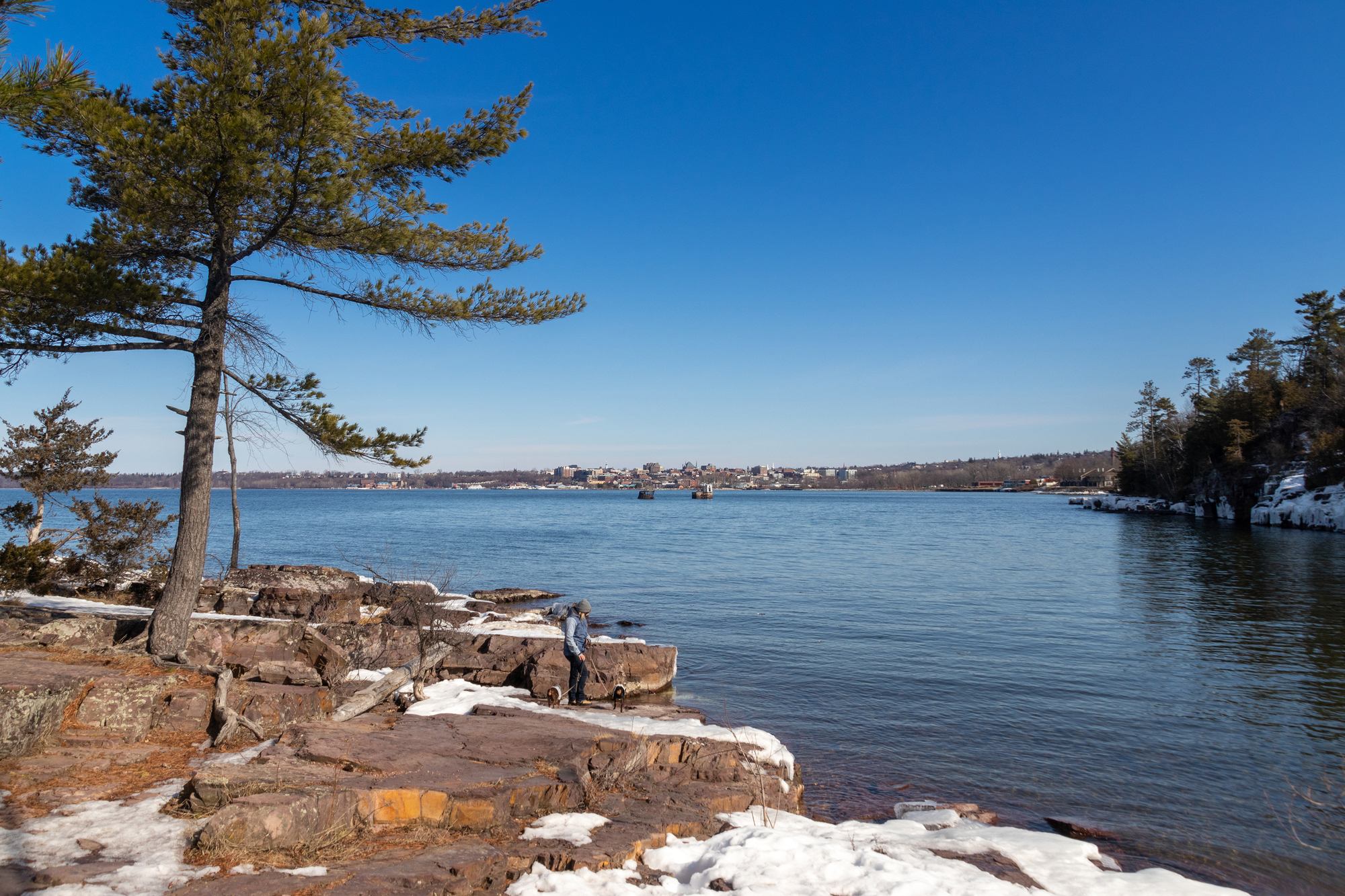
These remarkable thermal springs demonstrate that natural healing methods continue providing authentic wellness benefits in our technology-driven world, offering therapeutic experiences that cannot be replicated in artificial environments. The mineral compositions that make each spring unique result from specific geological conditions that developed over thousands of years, creating healing properties that vary dramatically between locations and cannot be manufactured or duplicated.
Modern scientific research continues to validate the therapeutic claims that have drawn people to these springs throughout history. At the same time, a new understanding of mineral absorption through the skin and respiratory systems explains the mechanisms behind traditional healing practices.
Whether seeking relief from specific ailments or simply pursuing overall wellness and relaxation, these thermal springs provide authentic connections to natural healing processes that remind us of our fundamental relationship with the Earth’s geological systems and their power to restore human health and well-being.
More from Travel Pug

- 20 Best Beach Towns in the Carolinas
- 13 Destinations Where Tourists Regularly Regret Their Trip
- 20 Destinations That Are More Magical Without an Itinerary
- 20 Underrated Adventures That Belong on Your Travel List
- 20 Cities Where You Should Just Wing It, No Planning Required
Like Travel Pug’s content? Follow us on MSN.N.
